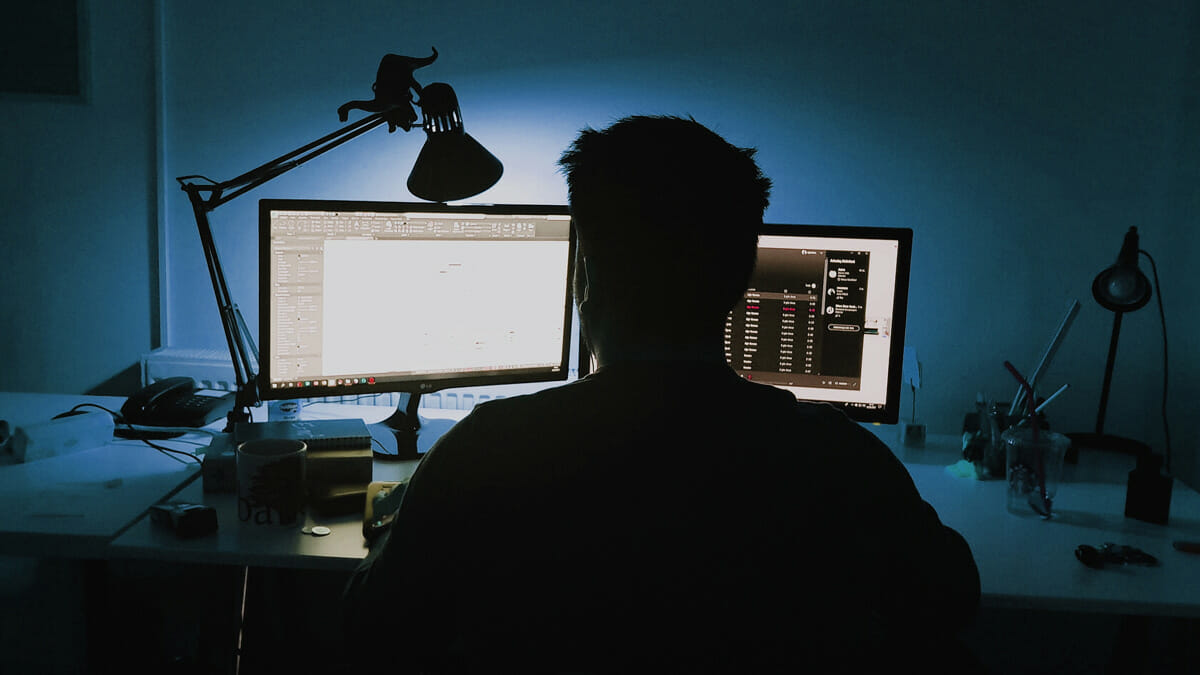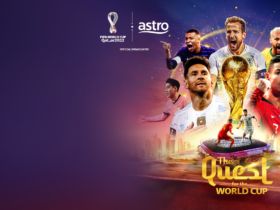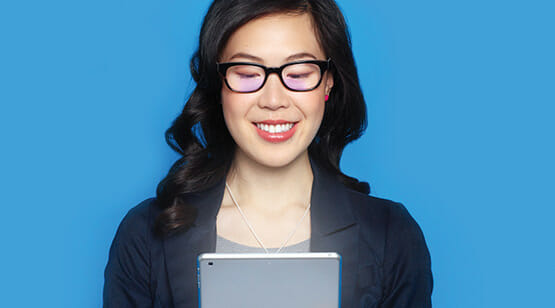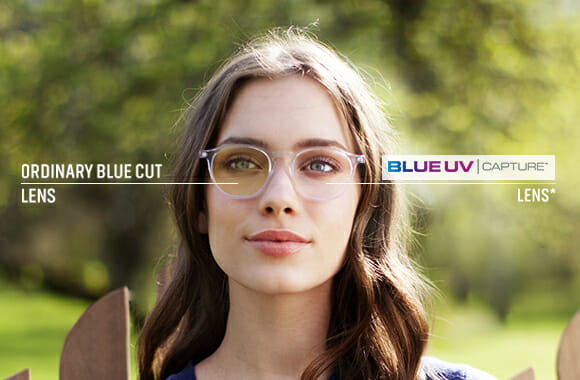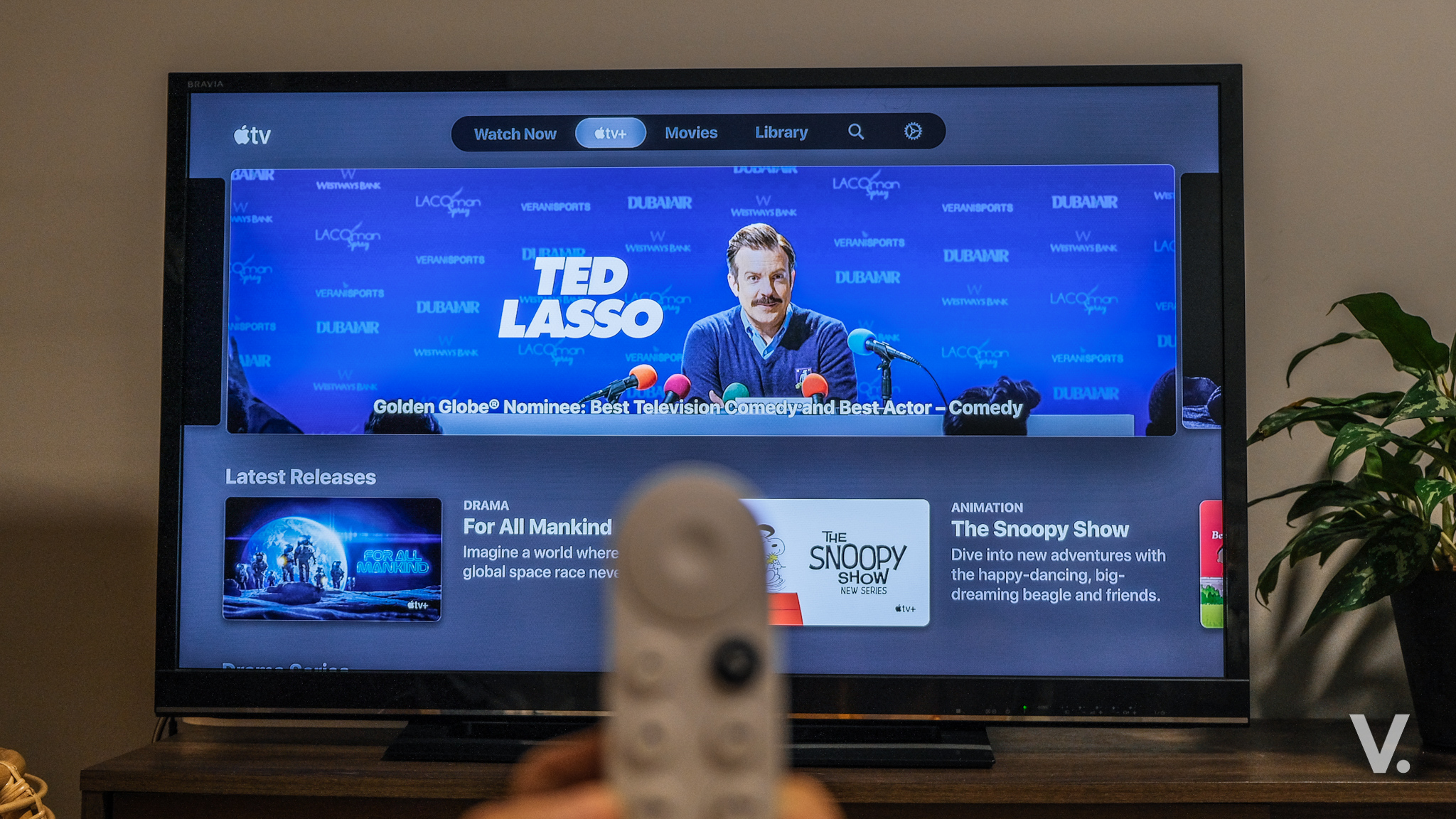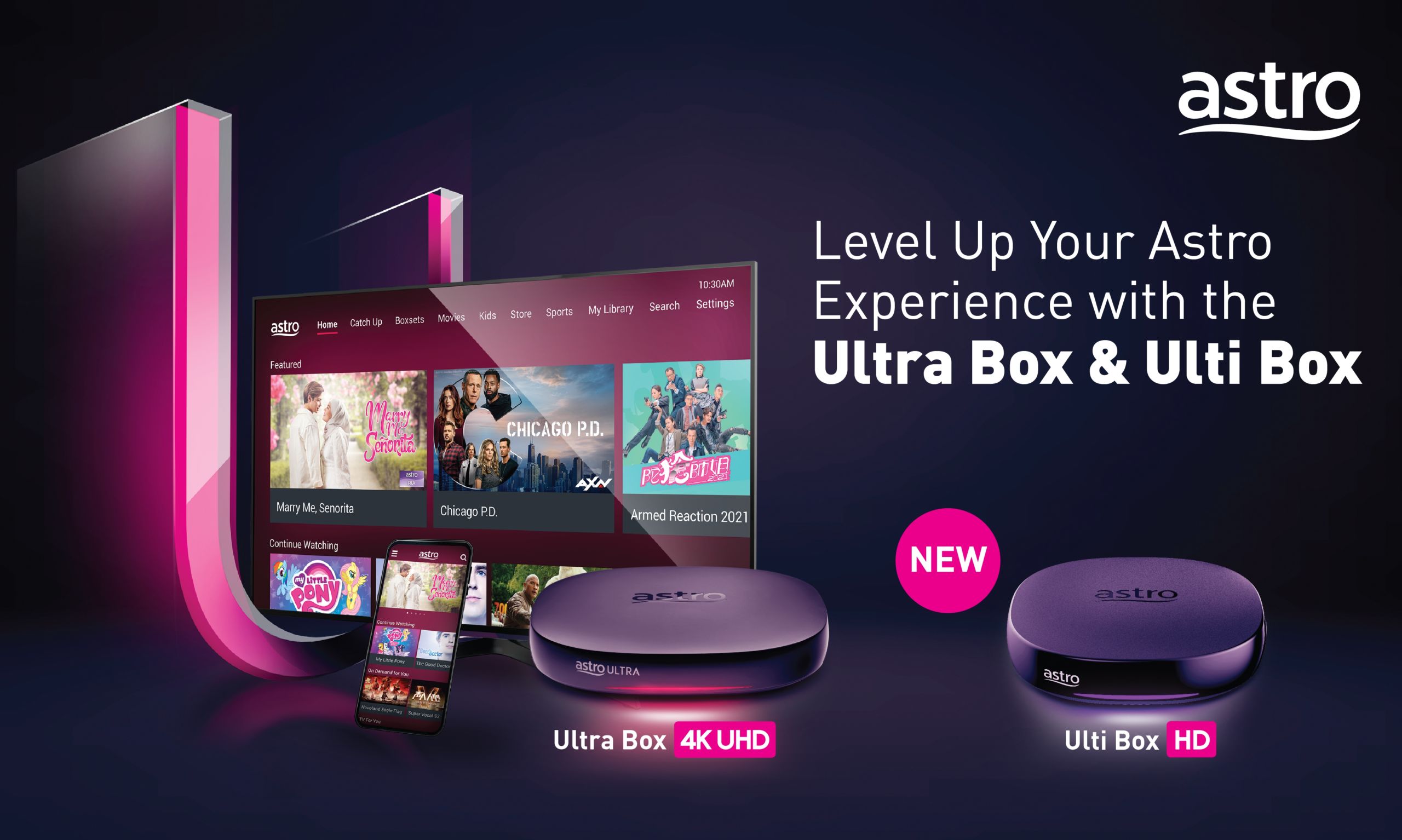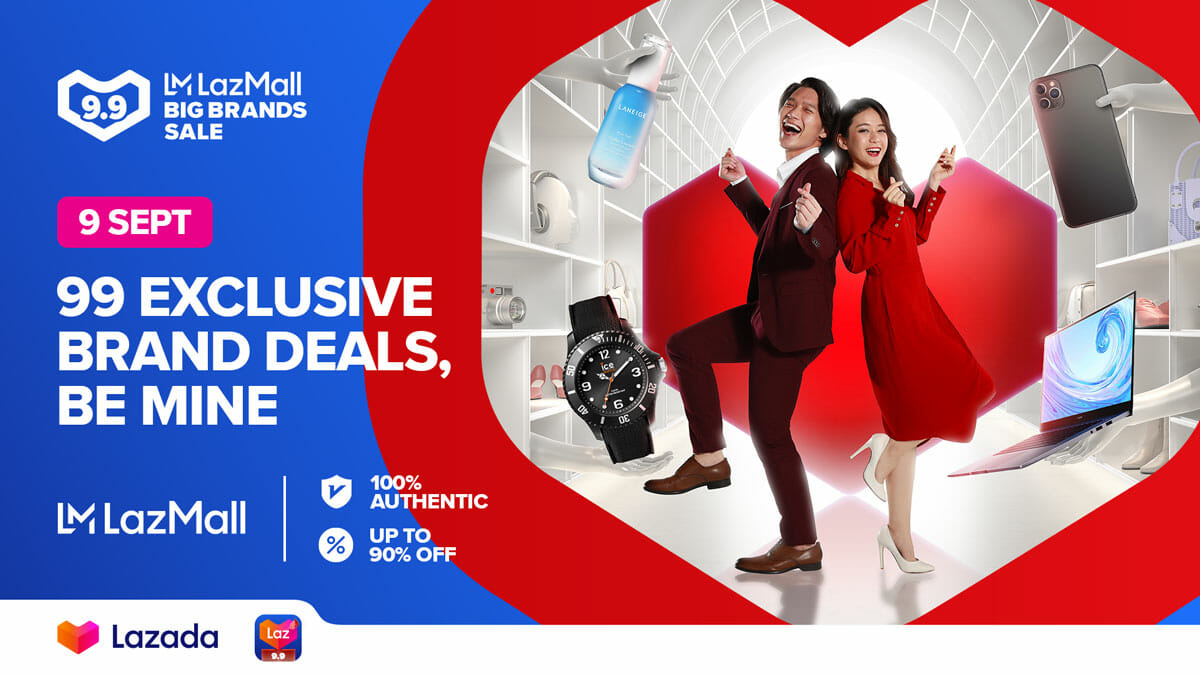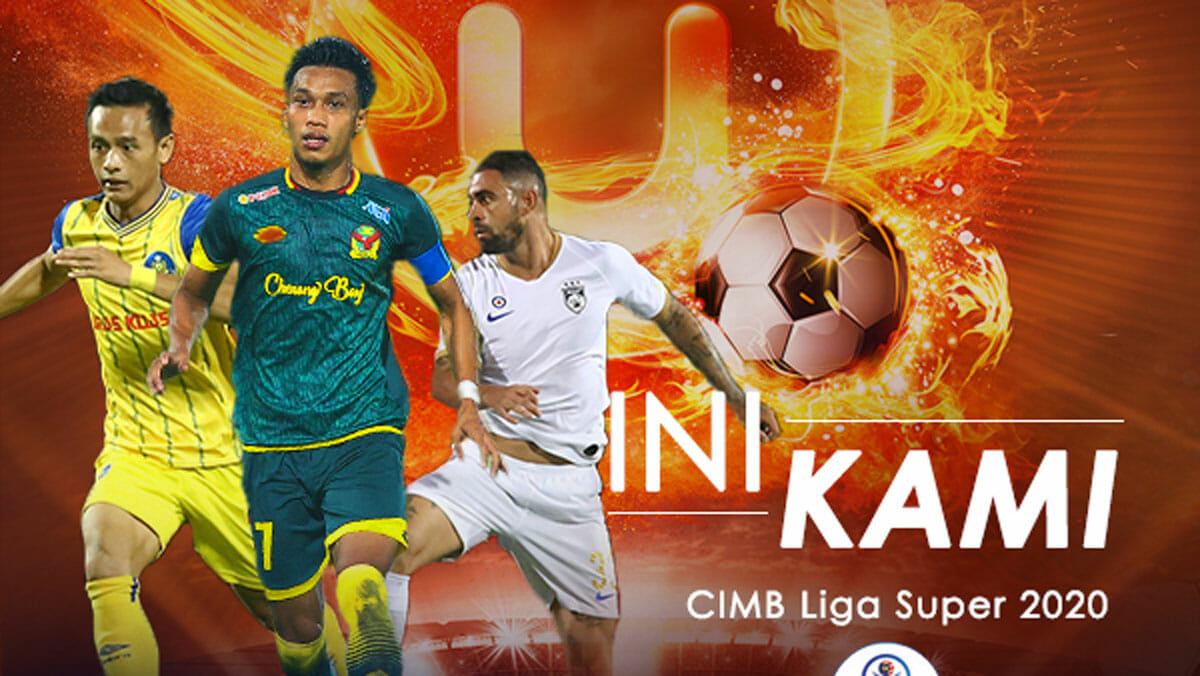Are your eyes blurry from staring at the computer or smartphone too long? Headaches? I’m no expert but that sounds like eye fatigue to me. What I’m an expert in is spending many hours a day staring at my 32-inch monitor or my handful of smart devices. So, what exactly is eye strain? Can we manage it, beat it? To find out, I spoke to three domain experts on the matter over Zoom recently: Colin Madigan, former director of education and professional services at Essilor; Denis Chng, country manager for Malaysia and Singapore at Essilor; and Woon Pak Seong, an eye care professional (ECP) from the Association of Malaysian Optometrists (AMO).
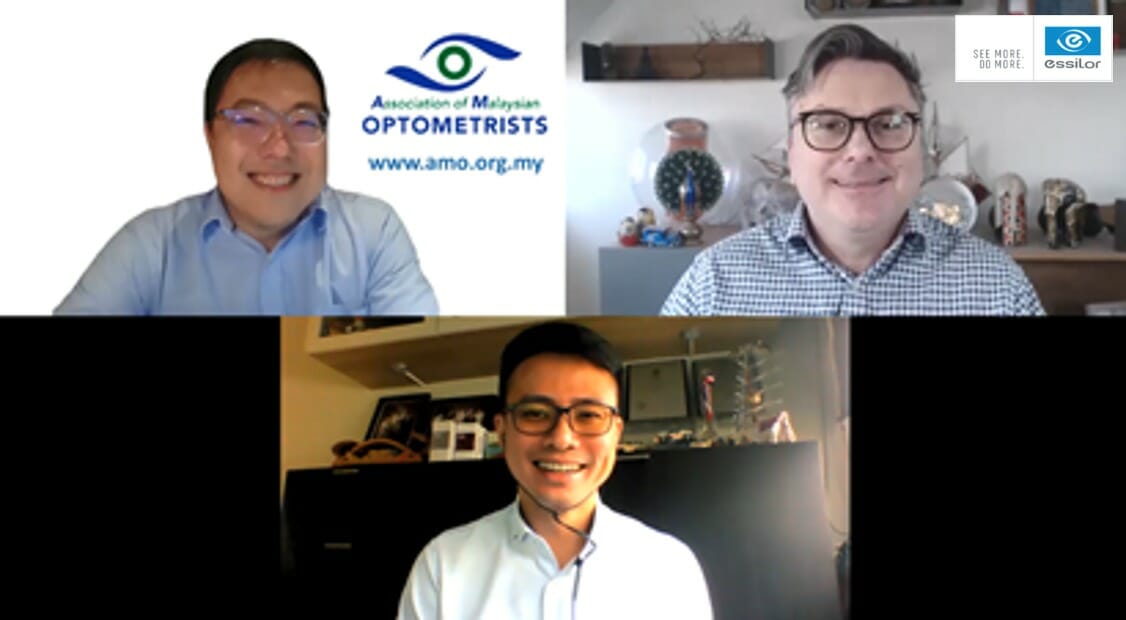
What is digital eye strain?
Digital eye strain or also known as computer vision syndrome (CVS), can be described as eye and vision-related problems that stem from prolonged computer, tablet, and smart device use. Many people experience eye discomfort and vision problems from viewing digital screens for extended periods.
With the advent of technology and the proliferation of electronic and smart devices for the past 20-30 years, the world has seen an exponential increase in digital eye strain symptoms.
Based on data, Malaysians spend almost a quarter of their day on social media, with 17 per cent spending more than nine hours a day check their social media accounts. Global research shows consumers are using multiple devices with an average of more than three different devices simultaneously used for various activities per person.
As explained by Essilor’s Colin, digital eye strain symptoms are not always easy to describe.
Symptoms may differ from individual to individual and are not limited to blurred or double vision, fatigued eyes, headaches, neck pain, dry eyes, and even nausea.
Fortunately, most of these symptoms are only temporary and not additive; once you spend adequate time away from the screen, they will stop.
That being said, for most people, healthy vision is not a priority or often overlooked.
And I concur. We care more about the resolution and screen size of our devices; whether it’s an OLED panel or LCD; we care if there are HDR support and whatnot.
We do little to protect our eyes but it doesn’t have to be this way.
How do you protect against or alleviate digital eye strain?
The good news is there are several simple things you can do to reduce the effects of digital eye strain.
Proper posture is crucial when sitting at a computer for long periods. Experts advise that your monitor should ideally be situated slightly below eye level and between 20-28 inches from your face. That’s about an arm’s length.
Your workstation should be well-lit, but not overly bright. Natural or incandescent light is recommended as long as there is no glare on your screen from the light source. Also, adjust the brightness of the screen to be roughly around the same brightness level of your surroundings.
An anti-glare filter on your monitor may also help reduce strain.
It is recommended that you practice the 20-20-20 rule; look away from the screen every 20 minutes, focus on something 20 feet away for 20 seconds.
Eye care professional for 16 years, Woon, however, recommends even longer rest periods if possible and perhaps use an app to track screen time and to remind you to take a break.
What about blue light?
Here’s a non-surprise. Blue light is everywhere. Our main source of blue light is the sun (no, it’s not yellow) and we are exposed to it when we are outdoors in the day time. Unprotected, this is where the most damage occurs.
Manmade sources of blue light include fluorescent and LED lighting, TV, computer monitors, notebook PCs, smartphones, tablets, and many more.
Extended exposure to blue light can be detrimental to our eye health. It may cause macular degeneration—a condition where blue light reaches and damages the light-sensitive cells in the retina. This may cause permanent vision loss.
It also contributes to digital eye strain, especially for those who spend extended hours in front of a screen.
Blue light, however, isn’t all evil. It is essential in regulating our circadian rhythm (maintaining our sleep and wake cycle), aids memory and cognitive function, boosts alertness, and can improve our mood.
How do we protect ourselves from blue light exposure?
Short of turning off the sun and all our electronic devices, we could do a couple of things.
Get a pair of glasses with a blue light filter and/or use “Night Mode” or “Reading Mode” on our smartphones, tablets, and PCs, and always wear sunglasses when we go outdoors.
Colin explained that blocking blue light is not rocket science.
“When you cut out blue light from a lens, you get yellow.”
It’s the residual colours that pose an issue. The real science is filtering a percentage of blue light but keeping the lens as clear as possible.
This is especially important for people who work in colour-sensitive industries such as photography and graphic design, where colour accuracy and colour perception are paramount.
This is where Essilor’s expertise comes in.
The Essilor solution
Essilor Malaysia recently launched several new products under its flagship range of lenses, including Eyezen, Crizal, and Transitions.
Eyezen Start is the new generation of single vision lenses designed to provide wearers better acuity in near vision. These lenses are made for those experiencing high visual fatigue symptoms.
Crizal Blue UV Capture filter out harmful blue-violet light while allowing beneficial blue light to pass through. This while also blocking 100 per cent UV rays. This sets a new standard for blue cut technology, complementing the near-transparent Crizal Sapphire UV coating.
Transitions Signature Gen 8 is equipped with the fastest darkening and fading transitions lenses. The cutting-edge, intelligent lens range blocks 100 per cent UV rays and helps protect against harmful blue light indoors and outdoors.
Best practices for better eye health
ECP Woon outlined several best practices for better eye health:
- Practice the 20-20-20 rule.
- Get a yearly comprehensive eye test.
- Always protect eyes from UV.
- Just like how we would wear different shoes for different activities and purposes, it is recommended that we wear specialised eyewear for specific tasks i.e. working at the computer, going outdoors, playing sports, etc.
- It is also important to have adequate eye protection when we are playing extreme sports.
Does eating carrots improve your vision?
That’s a question for another day, folks, but you may want to have a read of this.
To find out more about eye health and Essilor eye care solutions, visit www.essilor.com.my
Customers who purchase Essilor lenses can enjoy a 50% discount when purchasing a second pair of lenses of their choice. The promotion is valid from 1 September till 31 December 2020 at any Essilor-partnered optical store nationwide.
Header image: O?uzhan Akdo?an on Unsplash
Latest news
- Sony’s New WH-1000XM6: Taking Noise Cancellation to Ridiculous New Heights
- AirAsia Power Bank Policy 2025: New In-Flight Restrictions You Need to Know
- Trump Tariffs: Impact on Tech and Your Wallet in 2025
- Canon EOS R50 V: Why Content Creators Will Love This New Camera
- How to Check Unclaimed Money in Malaysia with eGUMIS (2025 Guide)
Subscribe to Vernonchan.com: Never miss a story, read stories on Feedly and Medium
Disclosure: Keep in mind that VERNONCHAN.COM may receive commissions when you click our links and make purchases. Clicking on these links cost you nothing and it helps to cover some of the costs for the upkeep of the site. While we may receive commissions, this does not impact our reviews, views and opinions which remain independent, fair, and balanced. Thank you for your support.


